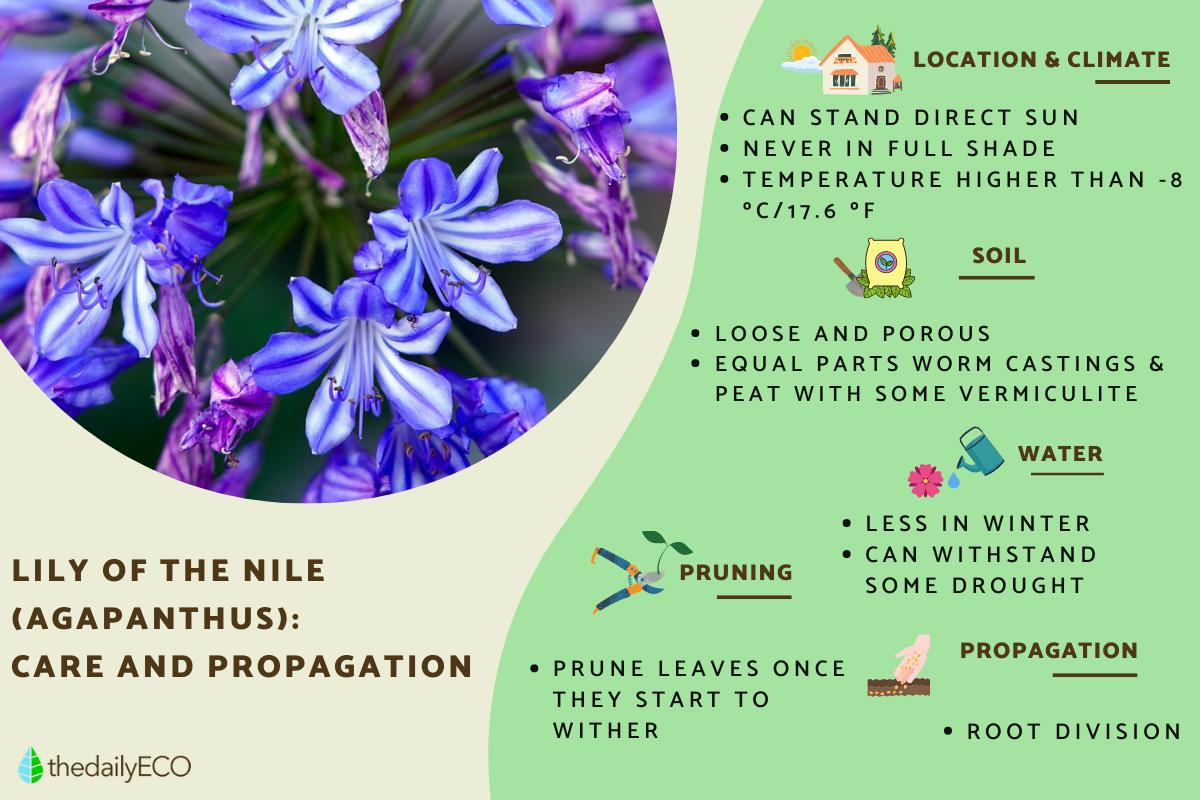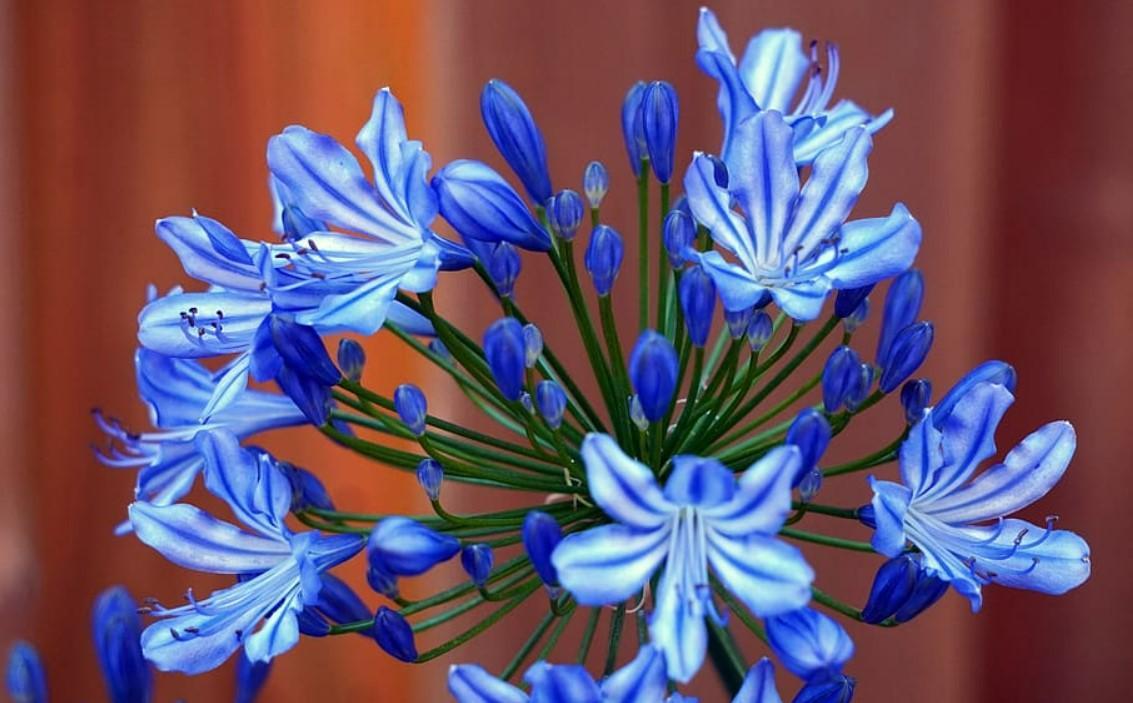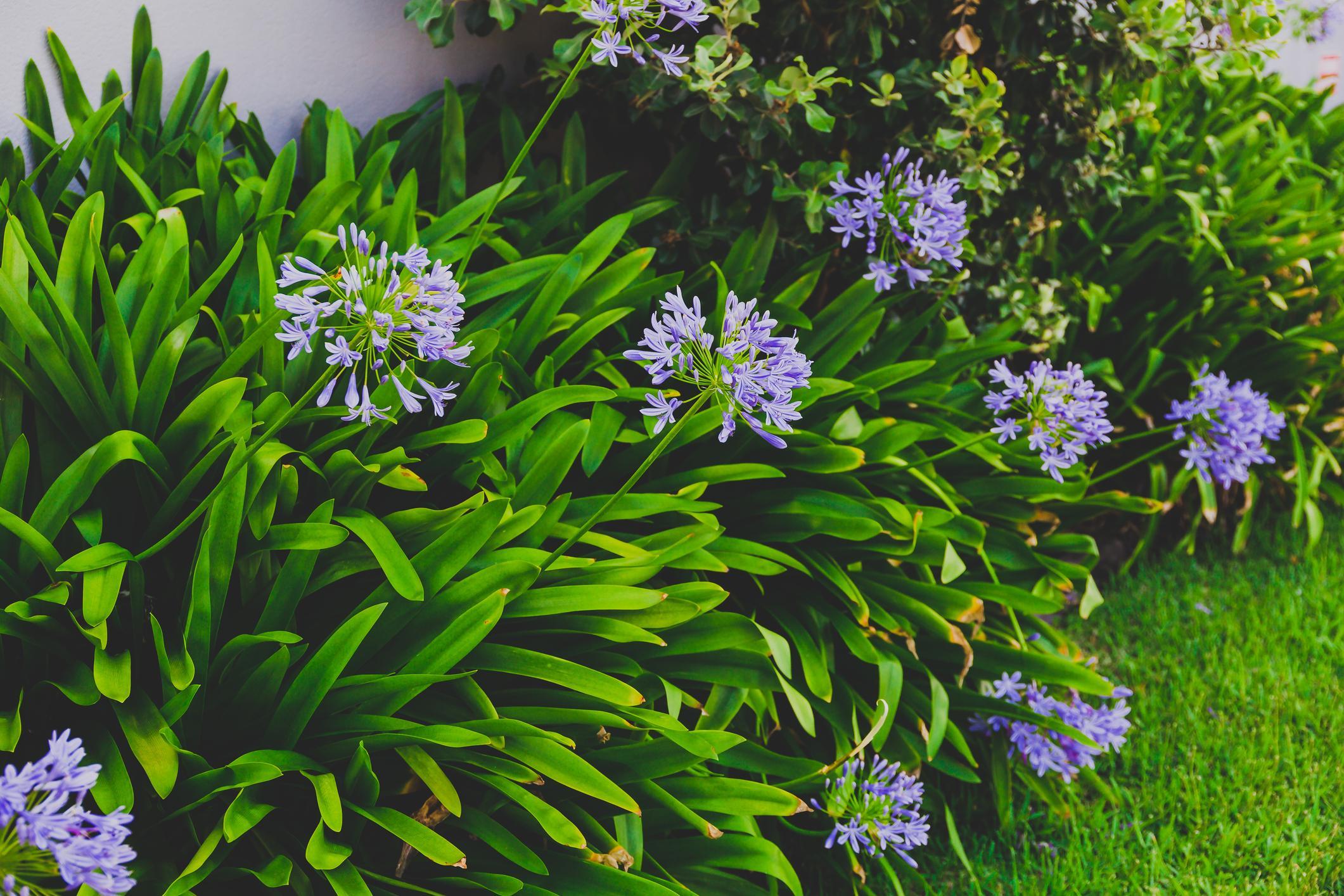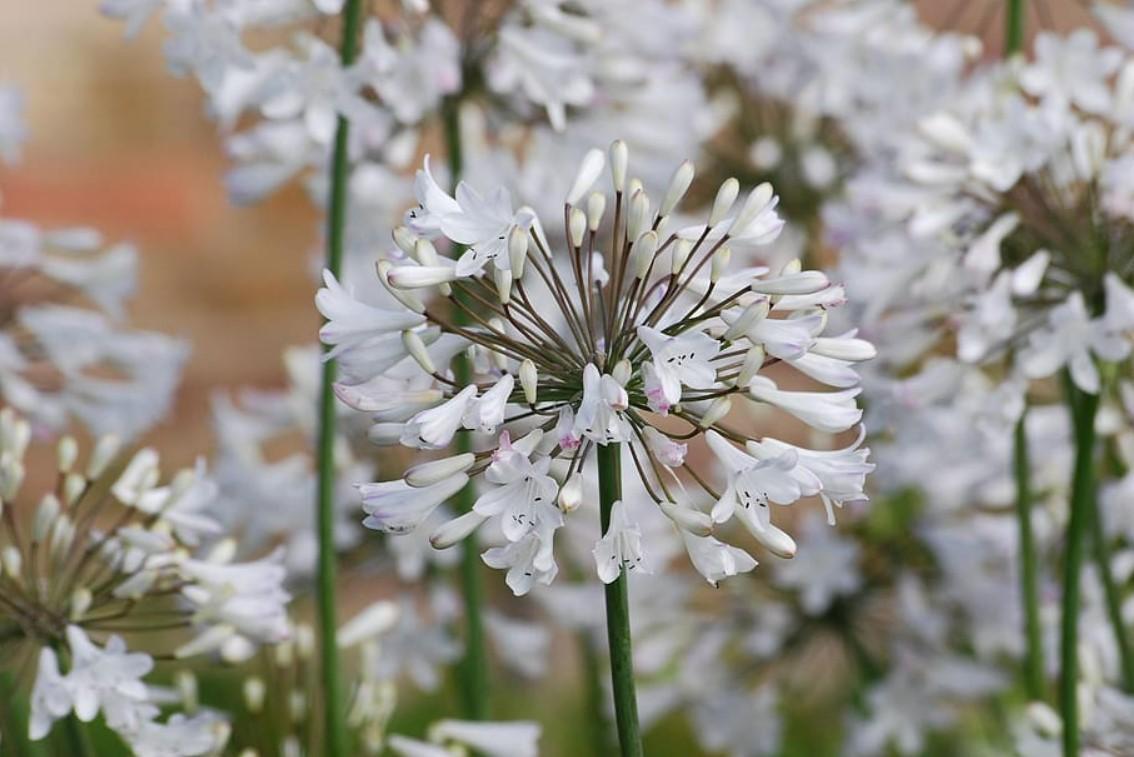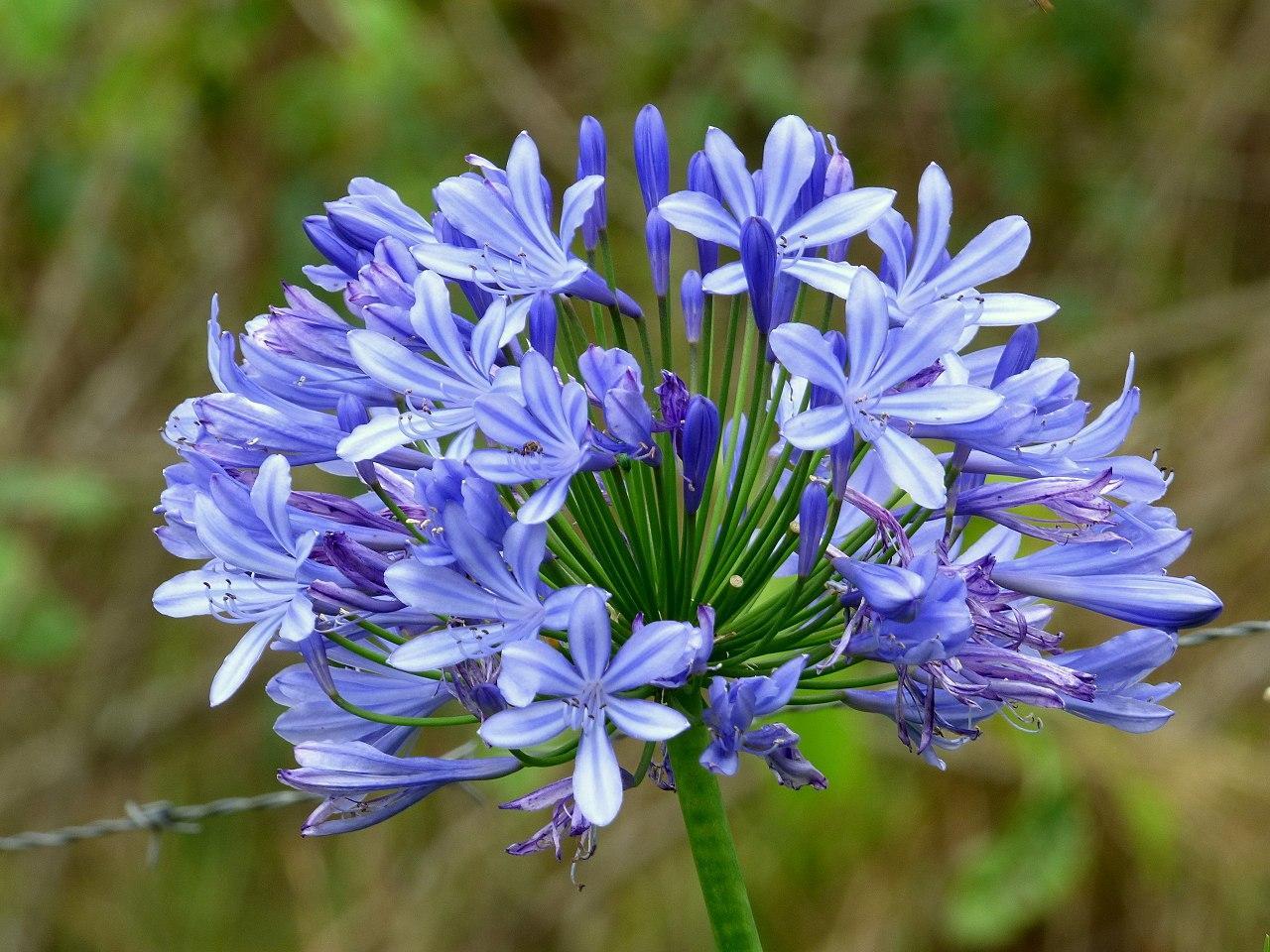Caring for Agapanthus in Pots - Lily of the Nile Care


Agapanthus care requires moderate watering, porous soils, warm temperatures and minimal pruning. Sometimes known as lily of the Nile, this flowering plant is a beautiful addition to any home or garden. Although it is considered an exotic flower, it does not require expert care. It does require the right level of care. As with any other plant, it can die if not treated properly. It is a plant native to South Africa and produces spectacular round-shaped flowers which can have purple, blue or white colors. The care we explain here is appropriate for agapanthus of any color.
If you are considering growing this plant in your home, thedailyECO explains caring for agapanthus in pots. This lily of the Nile care guide explains the water, soil and other requirements to ensure the wellbeing of this plant.
Characteristics of the agapanthus
Before we explain our guide to caring for agapanthus in pots, we look at some of the most common characteristics of lily of the Nile (Agapanthus):
- Agapanthus are ornamental plants that produce very showy flowers. These flowers grow from a tall, stiff stem. They grow in an umbel, which means that they have several flowers with a stem starting from a center, in a spherical shape. These can be white, blue or purple, depending on the variety.
- They last up to 2 months in bloom, making them excellent additions to public gardens or low-maintenance gardens. Flowering can be seen with the arrival of summer, specifically at the beginning. Each umbel can measure up to 13 centimeters in diameter.
- The plant is medium, and is generally 60 cm tall. The flower stalks are slightly taller than the leaves, measuring approximately 80 cm in height.
- The leaves are simple, flat, dark green in color and quite glossy. Even when it is not in bloom it is still very beautiful ornamental plant.
- It develops a tuberous underground root.
- It is perennial and lasts throughout the year.
- The growth of agapanthus is quite slow. It can take two to three years to flower, but this time is only for acclimatization. Once it has established itself after being planted, it will flower every year when summer arrives.
If you want to keep agapanthus flowers in pots at home, why not check out the link below to purchase beautiful ceramic pots for your home:

Agapanthus light, temperature and location
Agapanthus in pots need relatively cold ambient temperatures to produce flowers. However, frost and cold winds will have a negative effect on the leaves. The lowest temperature should be around -8 ºC/17.6 ºF. At this point the leaves will begin to drop. It can reach as little as -12 ºC/10.4 ºF, although it is not recommended. The ideal climate for the agapanthus will be a temperate zone.
It does well in semi-shade light conditions or also in full sun, but never full shade. The most abundant flowering occurs in full sun exposure.
It is usually placed in pots, borders or under trees as a cover. When used in the garden, it can be in direct soil. Due to the abundance generated by their leaves, they can be used in groups form a large ground cover. Keeping agapanthus in pots is the best way to ensure its environment is conducive to growth. This way they are easy to move so that it can be brought indoors and avoid harmful frost.
Varieties suitable for colder climates can be found. In this case, you have to look for those with narrow leaves, which resist better than those with wide leaves.
If you are looking for similar plants, check out our related guide to winter outdoor plants for pots.

Soil and fertilizer of agapanthus
The soil of the agapanthus must be loose and porous. This is so the roots with tubers can grow without being too crowded. You also need it to be rich and have good filtration. For this purpose, a mixture of universal soil will be prepared, combining equal parts of peat and worm castings. Then add two handfuls of either perlite, volcanic gravel, tepojal or vermiculite, depending on what we have available.
Fertilization is recommended in spring to promote flowering. Nitrogen fertilizer is used for this species. A layer of mulch will help keep soil conditions in order and prevent moisture from escaping. It is essential in cold areas so that the surface is not exposed to the elements.
You can use our guide to making your own worm castings at home.
Agapanthus watering
Fortunately, this ornamental flower plant does not demand a lot of water, something rare in plants with showy flowers. It can tolerate occasional drought. It is necessary to increase watering when the heat rises. In winter you have to space the watering.

Agapanthus pruning
This plant has become an invasive species in many places, so a responsible horticulture practice is to cut the flowers as soon as they begin to wither. At this point they start producing seeds. In doing so, we will be preventing them from flying and colonizing new places where they are not wanted.
It does not require pruning to give shape due to the orderly growth of the flowers. When the leaves wither, they will have to be removed to prevent them from consuming energy from the healthy leaves.

Agapanthus propagation
The most common way to reproduce the agapanthus is by root division. This process is done during the winter. It must be considered that during the first year it will settle. It will not flower until the second year. This method is carried out in winter or after they flower.
This division also serves as maintenance to keep the mother plant in good condition It is recommended to do it recurrently every 4 or 5 years. They can also reproduce by seed, obtained either from the flower or in specialized stores.
When planting the agapanthus, a separation of 40 cm between them must be provided, considering that they are going to grow.
Now you know how to care for agapanthus in pots, you may want to discover others that can be kept inside. Our list of the best aromatic indoor plants does just that.
If you want to read similar articles to Caring for Agapanthus in Pots - Lily of the Nile Care, we recommend you visit our Plant care and cultivation category.
- Borgheresi, E. & Silva, R. (1985) Basic gardening. Chile: Editorial Andres Bello.
- Kerr, H. (2007) The constant gardener. Melbourne: The Miegunyah Press.
- Buczaki, S. (1997) The care of garden plants . Madrid: Hermann Blume Editions.





